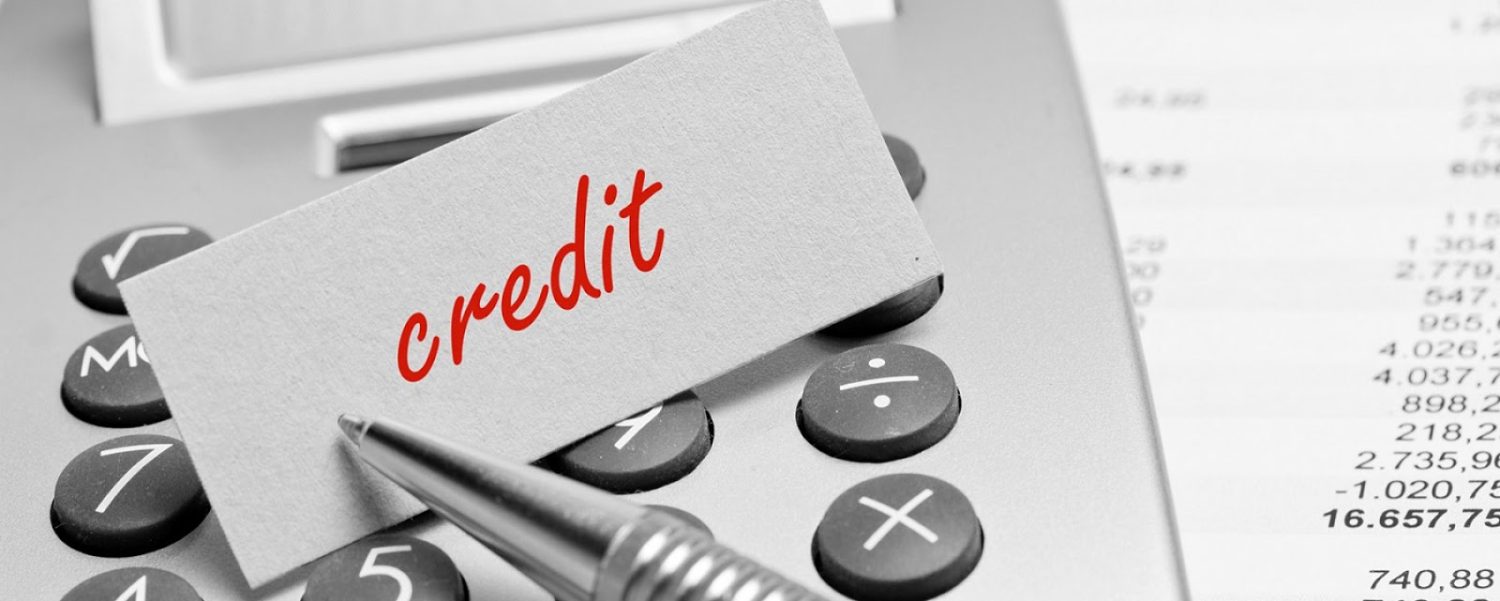I’ve been writing about cryptocurrency for my entire career. In that time, one point I’ve always stuck to is simple: don’t listen to me for investment advice. Today, I want to quantify why.
Bitcoin was created in 2009, while I was in my first year at university. As an economics student – and massive nerd – it sat squarely at the intersection of my interests. By my final year of uni in 2011, the original cryptocurrency was experiencing its first boom and bust cycle. It rose from a low of $0.30 to a high of $32.34 that summer, before crashing back down to less than $3 when Mt. Gox, the original bitcoin exchange, was hacked. (This will become a theme.)
Sign up for our weekly technology newsletter, TechScape.
That was also the year the Guardian first covered the currency, with Ruth Whippman warning: “Its critics in the political sphere fear that it could give rise to an online Wild West of gambling, prostitution and global bazaars for contraband.”
I was very much on the outside looking in, though. Not being a regular drug user (cf “massive nerd”), the mainstream use of bitcoin – getting pills or weed delivered by post from the Silk Road – passed me by, so I found it more of an intellectual curiosity than anything else.
This is perhaps in part because the first thing I remember hearing about bitcoin was a tale, probably apocryphal, of someone using their gaming PC to mine the currency in their dorm room in a heatwave. The air conditioning failed, the user reported in a forum post, and heatstroke left them with mild brain damage. You can see why I was unimpressed.
By the second major boom, I was covering economics for the New Statesman. And that’s where the trouble starts.
In my first published piece using the word “bitcoin” – the first time the New Statesman had covered the topic – I confidently declared: “This is what a bubble looks like.” At the time, bitcoin was trading at around $40 a coin.
It has never gotten that low again.
I was right that there was a bubble in the offing: the price of bitcoin had doubled in two months, and would double twice more before it popped less than a month later. But the crash, which would have been huge for any other normal asset, was a reduction of around half, taking bitcoin to the lows of … three weeks prior.
A decade on, the memory of this bold claim still haunts me, and I refuse to make predictions about the future of any cryptocurrency. In fact, I’ve taken to joking that the best way to make money, historically, is to do the opposite of what I say.
So I put it to the test.
The Alex Hern bitcoin investment strategy
Obviously, I don’t give actual investment advice. So I reviewed every article I’ve ever written that mentions “bitcoin”, and sorted them based on whether or not a reader would think they were good news for the crypto, or bad news. There’s an element of value judgment to this, of course: you might disagree with my decision that a story about the Winklevii launching a bitcoin price tracker in 2014 is broadly positive; or that a story about Mt. Gox reopening after a hack (another hack) is broadly negative. My hope is that the disagreements average out.
Then, I paired the stories against the price of bitcoin on the day they were written, and asked a simple question: if you’d bought $10 of bitcoin every time I wrote something that seemed like bad news, and sold $10 of bitcoin every time I wrote something that seemed like good news, how would your investment have performed?
The bottom line: you would have spent a net of $420 on bitcoin, and have a crypto wallet containing around 1.1 bitcoin as a result – worth, at today’s market value, a little over $22,000.
Oof.
Going over the specifics, though, gives me a bit of cheer. Well over half that gain comes from a total of just seven pieces written in 2013: six negative and one positive. At the end of that run, you’d have spent $50, and own 0.7 bitcoin. Those articles have an outsized influence on the over-calculation, due to how much bitcoin’s value has increased in the nine years since they were published.
Bitcoin had two boom and bust cycles in 2013. The first, in April, took it to a high of $266. The second, in December was bigger – much bigger. The price of a coin spiked at $1,238, and fell to a low of $687. The rush of pieces I wrote about the currency when I started at the Guardian, through late 2013 and the first half of 2014, contribute much less to the bottom line, even though there were more of them.
It was also the period with the most positive stories for bitcoin. In 2014, the potential of the currency was still untapped: the idea that bitcoin or the blockchain might prove revolutionary wasn’t a hackneyed promise, but something that might be just around the corner. In that boom, I wrote as many positive stories as negative.
For every article about bitcoin hitting an “all-time high” of $269, there was another about a £1m hack of a payment processor. For every long feature asking if bitcoin was about to change the world, there was a warning from a Dutch central banker that the hype was “worse than tulip mania” (and he should know).
The timing of the pieces didn’t quite balance out, though, and by the end of that boom you would have turned your 0.7 bitcoin into 0.9 while cashing out as many dollars as you put in. And in that period, those bitcoin would have gone from $100 to more than $500.
From 2014 to the most recent boom, however, the money you put in would start being drowned out by the bitcoin you already own. $10 at the beginning of 2014 bought you around 0.01 bitcoin, and so 10 negative pieces from me would have sizeably increased your position.
Three years later, it would take 30 negative pieces for you to acquire the same amount of bitcoin. That meant the impact of the ICO boom – the first of the great expansions of the sector from a handful of cryptocurrencies to a whole ecosystem of shitcoins – was muted compared to what came before, despite stories about Iceland becoming a miner’s paradise and Kodak bringing out a branded cryptominer, leading to a flurry of buying and selling.
And three years after that, at the beginning of 2020, a $10 investment in the cryptocurrency would get you just 0.001 BTC. That’s good news for our theoretical investor, because 2020 marked my most positive reporting on the currency. Stories such as the US government seizing bitcoins used in the Silk Road were a sign of the growing professionalism of the sector and, for the first time, bitcoin was enough of a fixture of the tech scene that even in a comparative slump the Guardian was still covering it.
On to the latest boom and bust cycle, where – finally – the investor starts to lose out and I claw back some of my reputation. From its peak at $69,000 earlier this year, bitcoin has fallen by a third. I’ve diligently covered the collapse, which has been by far the most brutal the sector has faced. That means the tracker has sunk almost $200 into bitcoin, and even as the overall value of the holdings has plummeted from a high of $50,000 in March to its present number.
What next?
The question going forward, of course, is whether the pattern holds up. Will you continue to make money if you buy when I’m grumpy about crypto, and sell when I’m optimistic? Obviously – see above – I’m not about to make any strong predictions, but I doubt we’ll ever again see as sharp an increase in price as we saw in the last decade, which means I’ll never make a call that plays out as badly as the ones in those initial pieces from 2013.
Which is not to say I can’t make other terrible calls. Remember Dejitaru Tsuka, the shitcoin that was sold with my name? I broke my rules, and warned readers: “I do not think you should buy this shitcoin, nor any others.” Well, if you’d bought £10 worth of Tsuka when I said that, you’d now have … £4,000.
If you want to read the complete version of the newsletter please subscribe to receive TechScape in your inbox every Wednesday.






Leave a Reply
You must be logged in to post a comment.